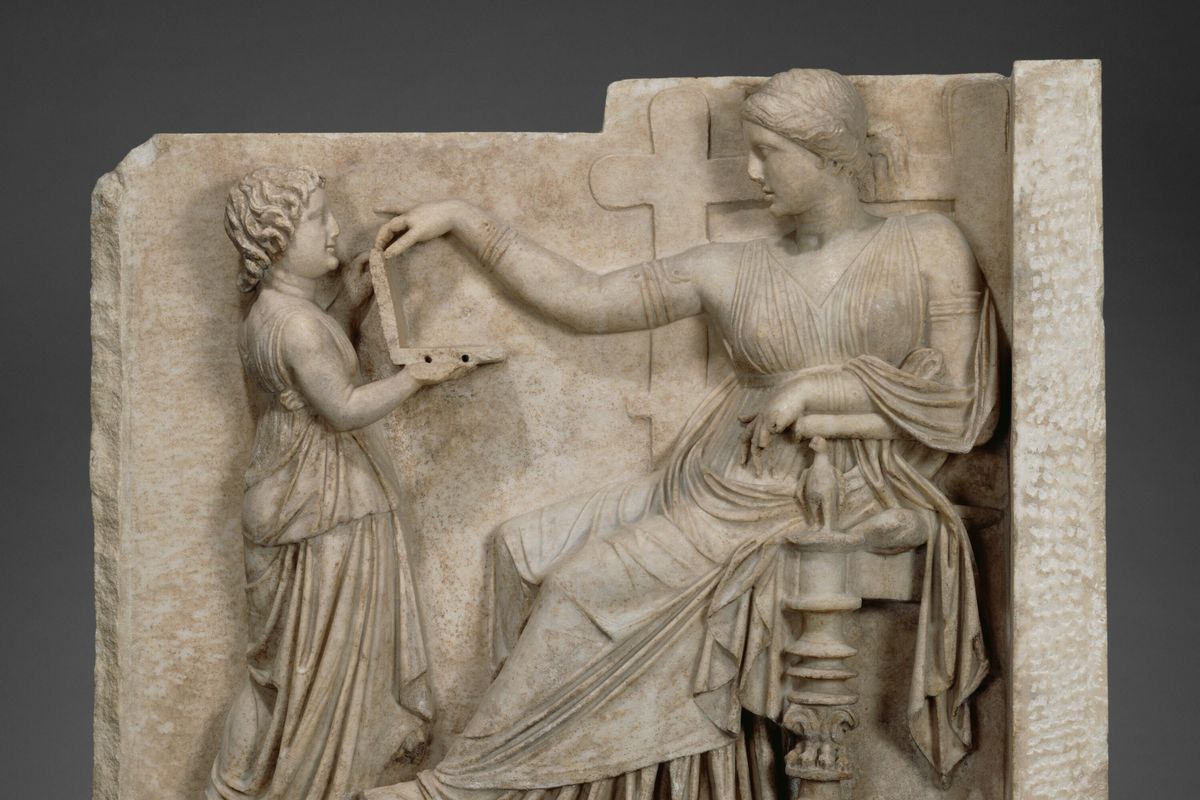Sandra Salathe
Apr 23, 2021

Cheating boyfriend in bed with his partner
Getty Images/iStockphoto
There are many factors that contribute to infidelity. Some might be obvious, while others... not so much. According to a new statistic from the University of Michigan, it seems choice in apparel plays a significantly huge role in who cheats and who doesn’t.
Published in the journalPersonality and Social Psychology Bulletin, men who wear shirts embellished with large, luxury logos are more likely to cheat than men who wear shirts with smaller logos.
Based on the archaic - and slightly sexist - theory that women are more attracted to men who are wealthy, the study was initially conducted to conclude whether men who wear flashy clothes were more attractive to the opposite sex. Spoiler alert: it appears they are.
Read more:
- Man explains why he refused to give pregnant woman his seat on the bus
- Girl, 6, told by art teacher her painting was ‘wrong’ – Twitter disagreed
- GCHQ is asking recruits to solve this puzzle - can you?
- This Morning gets hundreds of complaints over Julia Hartley-Brewer’s bizarre comments about Meghan
- Instagram cat star Ponzu dies after boy yanked its leash in park
The study complied 376 students from the US, who were shown two sets of polo shirts with the Ralph Lauren Polo brand logo in either a small or a large size located on the breast.
“Men said that they would also be more likely to wear shirts with large logos when in a situation where they are competing for social dominance, such as for a leadership role or when attracting a mate,” says The Science Times. “The results suggest that men who own large logos were more invested in mating attraction than becoming parents. Similarly, they are also more interested in short-term relationships than long-term.”
In addition, men said they would be more likely to wear shirts with larger logos when in a situation where they were competing for social dominance, such as a leadership role or trying to attract a mate. Additionally, the study also states that “men who own large logos were more invested in mating attraction than becoming parents.”
The full abstract read:
“Evolutionary psychologists propose that men’s conspicuous consumption facilitates mate attraction because it predicts resource investment in offspring.
“This article elaborates on the ultimate functions of men’s luxury displays based on Life History Theory.
“Three studies provide evidence for phenotypic mimicry, in which consumer product features mimicking male secondary sex characteristics indicate investment in mating competition, at the expense of paternal investment.
“Men owning shirts with larger luxury brand logos were rated higher on mating effort, lower on parental investment, higher on interest in brief sexual affairs, lower on interest in long-term committed romantic relationships, higher in attractiveness to women for brief sexual affairs, lower in attractiveness to women for long-term committed relationships, and higher in developmental environment unpredictability compared with men owning shirts displaying a smaller logo.
“Participants recognized the strategic use of luxury display properties across social contexts but did not consistently associate product properties with owners’ physiological characteristics.”
Top 100
The Conversation (0)












